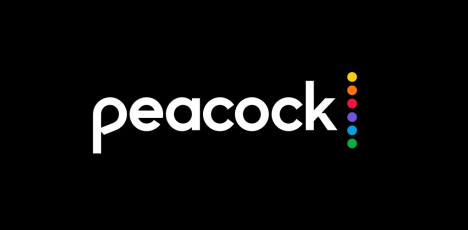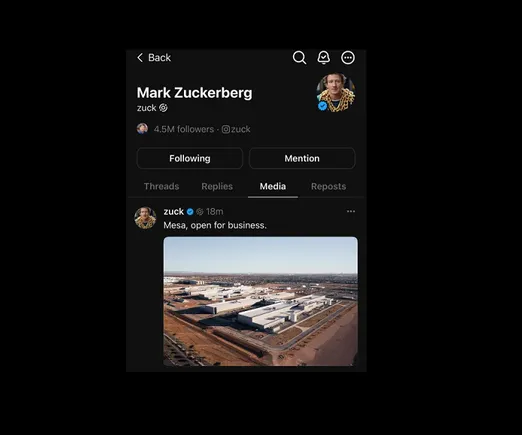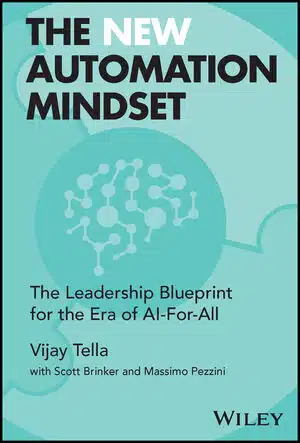Within days of the Presidential Inauguration, the U.S. saw a flurry of leadership and policy shifts. While not entirely unanticipated, the range, volume and reach of Executive Orders has dominated conversation.
Whether personally supporting or opposing the directives, executives must sort through them all, understand their specific and broader implications, and take action.
News outlets, social media, experts and individuals—everyone is eager to comment on, react to and make sense of the changes coming at them rapid-fire. Staff inside and outside government must evaluate what they’re doing and how they are working. Further, several orders directly impact individuals, likely including staff or customers.
Talking with executives across a wide range of industries in both for-profit and not-for-profit environments, I noted an interesting question:
Do the policy shifts signal a disruption to your business or are they a distraction?
Both distraction and disruption make it harder to get work done and can impede progress toward objectives. Nevertheless, they are different, an important distinction that matters for how you take strategy forward. A change in trade policy, such as revised tariffs or new restrictions on foreign partnerships, can either be a distraction or a disruption depending on the industry. A multinational retailer sourcing products from overseas may see a disruption that affects pricing, profitability and competitive positioning, while a professional services firm focused on domestic clients might experience only a minor distraction as it navigates industry discourse but sees little direct impact. For CEOs, distinguishing between these levels of impact helps determine whether to adjust strategy or simply manage the internal noise created by external shifts.
Understand the nature of the onslaught
The best way to determine course of action is to take a beat to assess the scope and impact of the changes more deeply and specifically.
• Distraction: Usually transient, temporary, with limited or specific impact. Nevertheless, without deliberate attention, they tend to compound over time as anxiety spreads. Water cooler or Slack conversations no longer advance the work and relationships; instead, they simply consume time. Progress stalls. Or sometimes, what may feel like a non sequitur may in fact be a new or unexpected opportunity.
- What is the real work here?
- How will you guide your team to quiet the noise and focus on value delivered?
• Disruption: Fundamentally changes the business context. Like a distraction, this adds to anxiety, particularly when the disruption creates new uncertainty. Abrupt, dramatic disruption can provoke a crisis mentality that may or may not be helpful.
- What part of your business is most vulnerable in this situation?
- How deep or broad is the impact?
- And your customers: How might you help them address their vulnerabilities?
There is value in seeing the situation differently, prompted by answering these questions. Further, visibility is key to making your strategy work. Whether the company is facing rapid change, a crisis or the cacophony that each often produces, it’s difficult for CEOs to have a clear line of sight about what’s going on.
Taking a breath and discerning the difference between distraction and disruption will help with clarity. From there, leaders can identify the actions required and the urgency of their response. And of course, they should monitor both the efficacy of their response and the evolution of the situation.
How you show up as a leader matters
Whether distracting or disruptive, sweeping change—like that potentially precipitated by the recent Executive Orders—affects real people. Customers. Staff. Stakeholders. Partners. Board members. What impacts them also affects your business context. It doesn’t matter whether you support or oppose a particular change, or even whether or not you like it. It is very likely that your organization includes people holding both views. But how you show up as a leader matters.
Executives cannot remain on the sidelines
Consider taking these three actions:
• Be the calm in the storm. As CEO, you and your executive team set the tone for the organization. Your words, actions and decisions reflect values and commitment to their people. Use constructive language and guide others to understand and accept the range of emotions, viewpoints and ideas present within your teams.
• Nurture trust and build new relationships. Involve unexpected or previously unlikely parties. Focus on common outcomes and what each contributes to their achievement. Together, you may find a new path forward.
• Engage the board. The executives I advise routinely rely on the varied experiences and perspectives of their board members. While this is always a valuable way in which boards contribute, it has even greater potential for positive impact during a crisis, (as I wrote for Corporate Board Member here.) Like the Farmers’ Insurance tagline, they “know a few things because they’ve seen a few things.” Why not tap that experience?
Distraction or disruption: it matters for strategy. And executives cannot remain on the sidelines. Discern the nature of the changes mandated by the Executive Orders—or whatever shift you face—and take action. Above all, ignore the situation’s human impact at your peril, both personally and for your business.























































![The Social Media Funnel Explained [Infographic] The Social Media Funnel Explained [Infographic]](https://imgproxy.divecdn.com/6ikpva2mP7mvhaHG4yj_J6dzhXnEZMvZFDHDbI6Qucs/g:ce/rs:fit:770:435/Z3M6Ly9kaXZlc2l0ZS1zdG9yYWdlL2RpdmVpbWFnZS9zb2NpYWxfbWVkaWFfZnVubmVsX2luZm9ncmFwaGljMi5wbmc=.webp)











